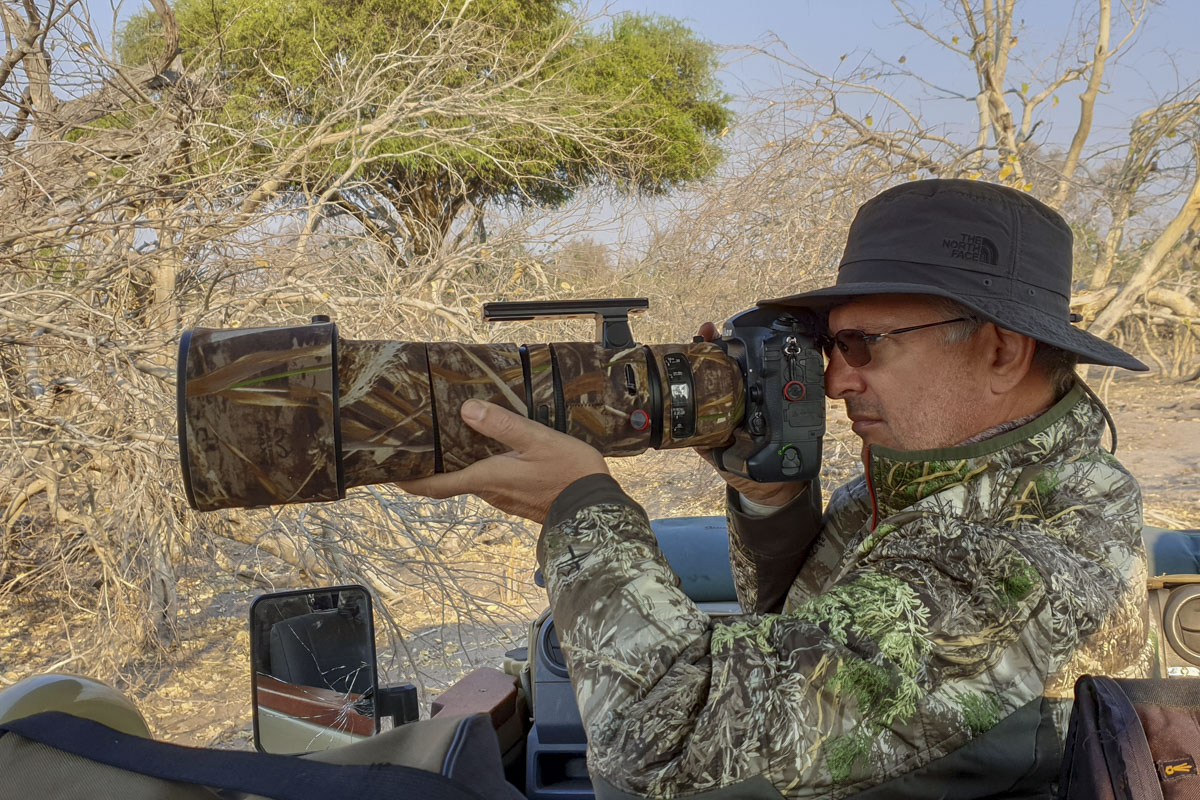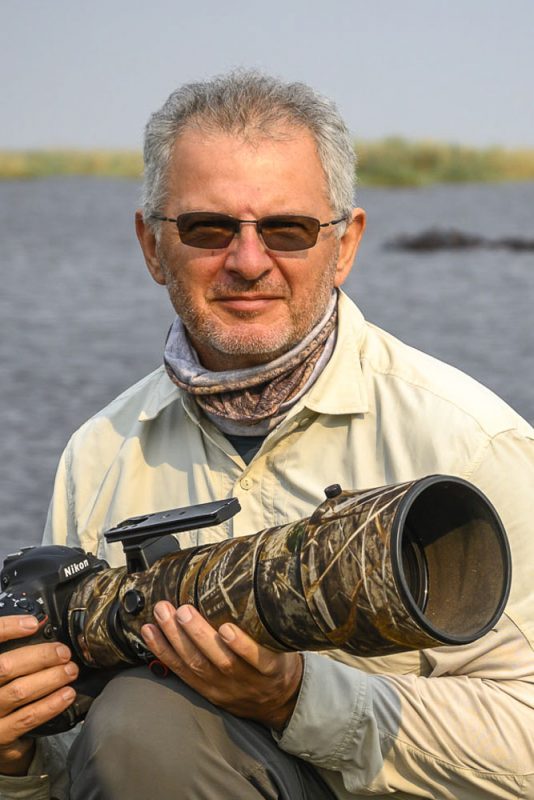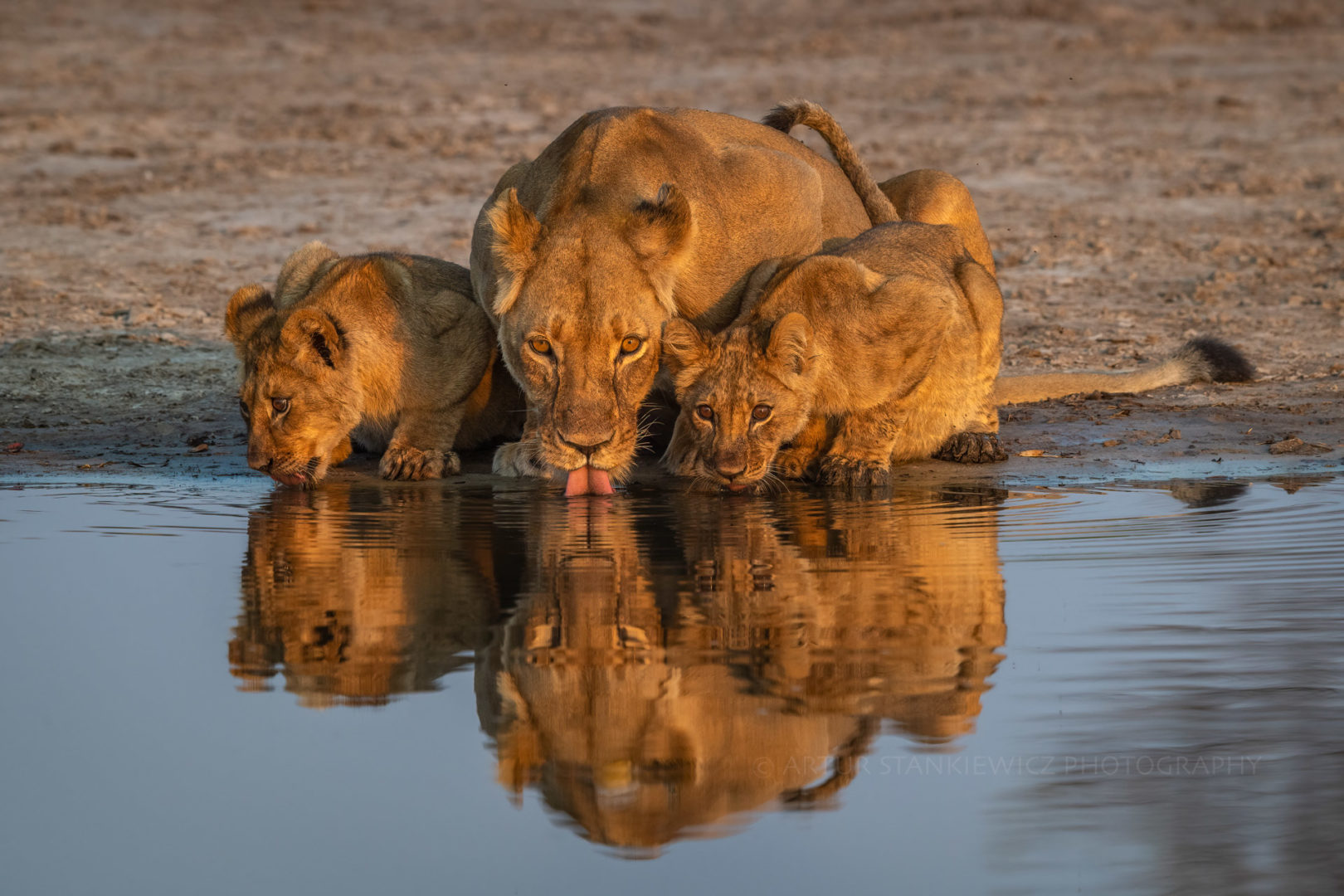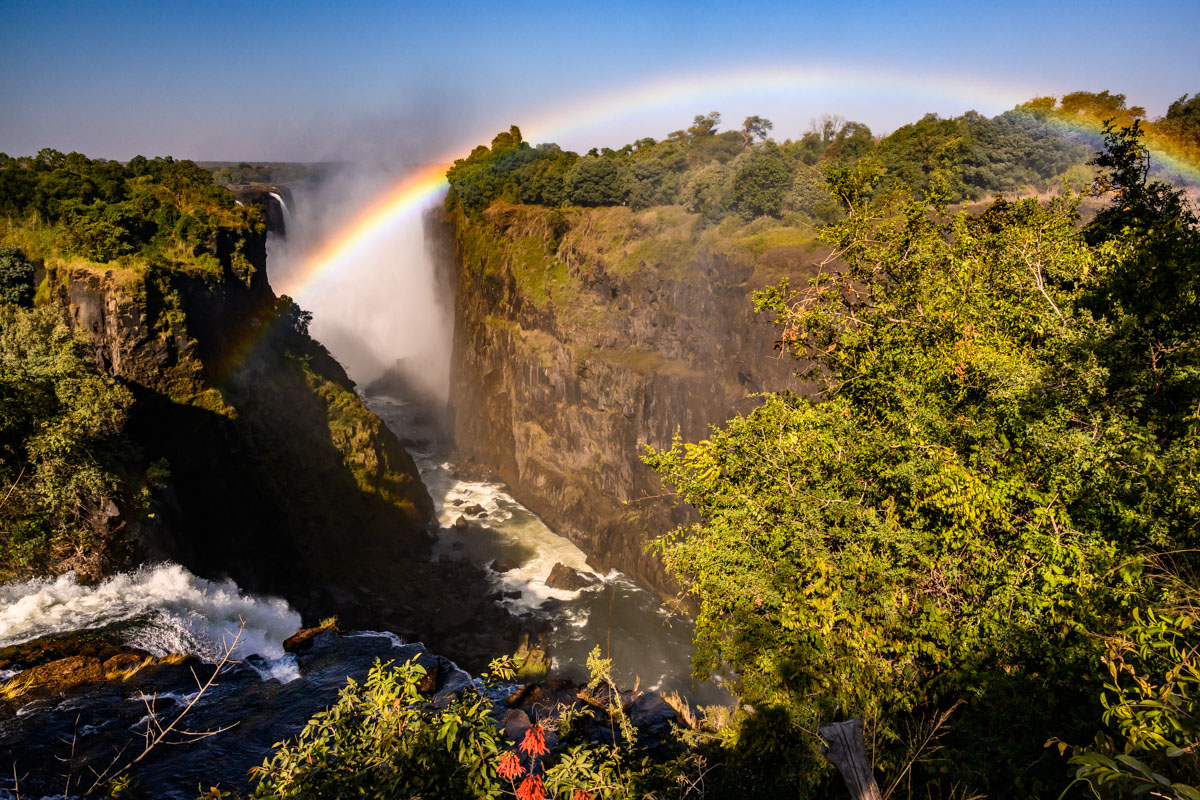Many potential safari enthusiasts dismiss the idea of participating in an African photo safari based merely on perceptions. People often believe that photo safaris are exclusively for professional photographers, that it requires specialist equipment and can even be intimidating for novices. Although it may be true for some very specific tours, often the differences are almost imperceptible. In the next few paragraphs, I explain in a simple way the differences between photo and general safaris at Wild Encounter Safaris.
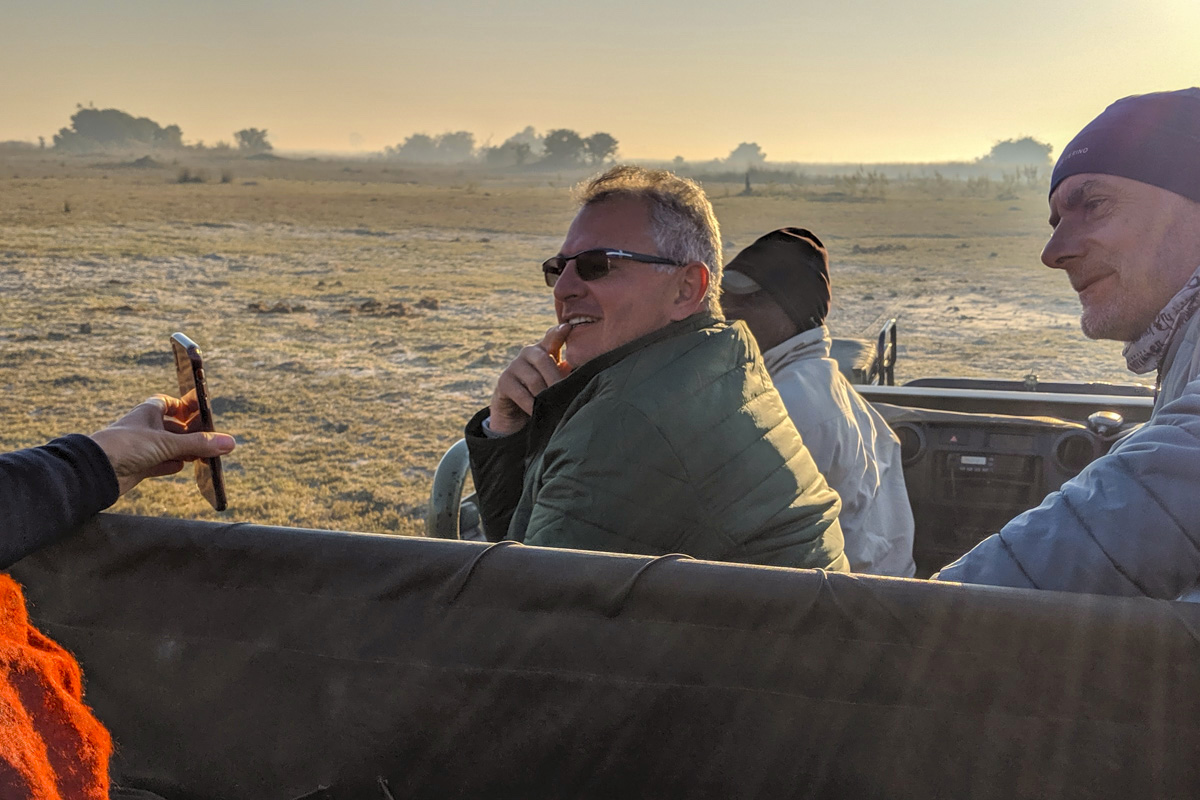
The nuances between our wildlife adventure and a photographic safari can be distilled into a few simple points:
- Density of people in a vehicle
- Price (because of the above)
- Time in the field (although not always)
- Photo tutoring
First of all, let’s consider the price and number of people in a vehicle. Because all our safaris are based on exclusive vehicles for the group, the cost of the vehicle is spread equally among all participants. This means that the fewer people in a vehicle, the higher the price per day, per person. Photographers expecting a full row in a Land Cruiser is today’s standard for high-end photo safaris. Serious photo enthusiasts are prepared to pay for that level of comfort and ability to move freely in the car. As with other photo tours in Africa, we allow for one row per vehicle to be shared among two participants providing they agree to sit together. On our wildlife adventures, the standard is two people per row, with max 6 per vehicle.
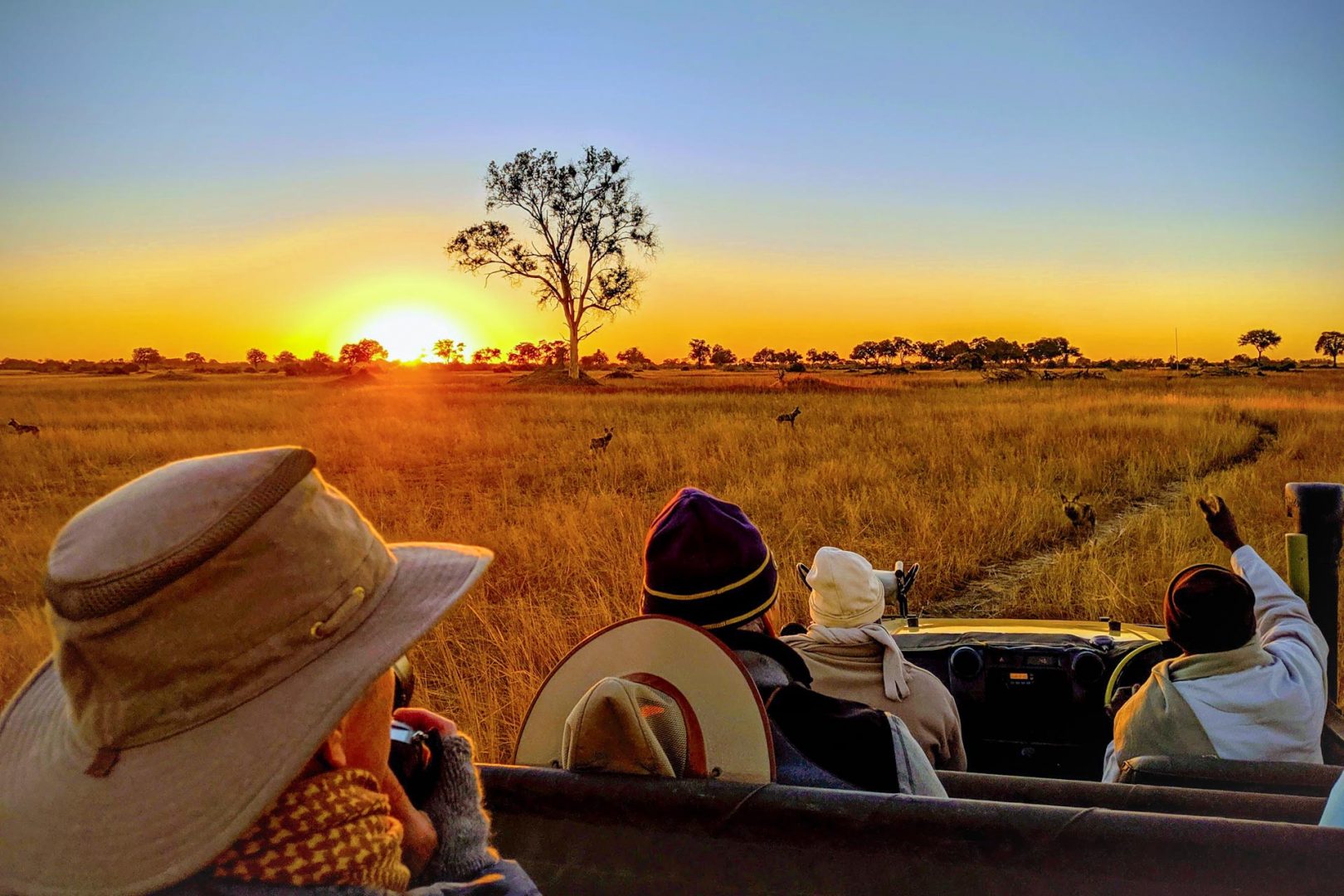
Time in the field relies on many factors, but most importantly it depends on the wildlife behaviour and the quality of sightings. For example, in instances where we have active wildlife, we would stay in the field with every group. On the contrary, if we’re out in the field in hot weather and the animals are resting, we may go back to the camp for a midday siesta. On our photo safaris, we sometimes decide to stay in the field after locating resting leopard or lions to ensure we don’t miss any action. The latter means a full day in the field with packed lunches. On all our safaris, we leave before sunrise to ensure we catch the wildlife animated and lively in the field.
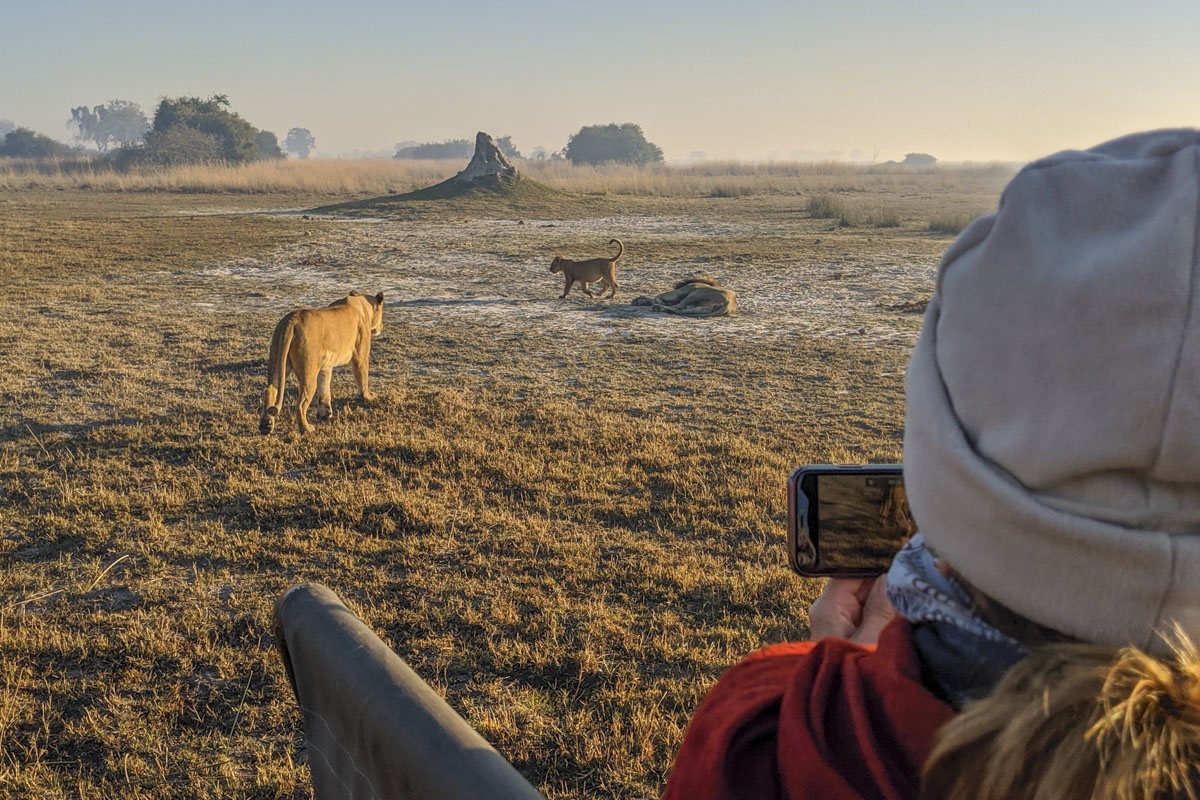
The aim of our safaris is to show our participants dynamic animal scenes, with a strong focus on behaviours. This requires a similar approach regardless of the type of safari. I guide and position the vehicles in the same way for an advanced photographer as for someone with a point-and-shoot camera or iPhone. The goal is the same – to be able to record our sightings on any media from the best possible angle with optimal lighting.
Those who choose to experience the scenes around them with their own eyes instead of taking photos have the ability to see these unforgettable moments from a different angle to a typical safari for the masses. It’s worth mentioning that I do talk a bit more about techniques, photo equipment and settings during the photo tour, but the latter is based on a pull from participants rather than a push from me 🙂
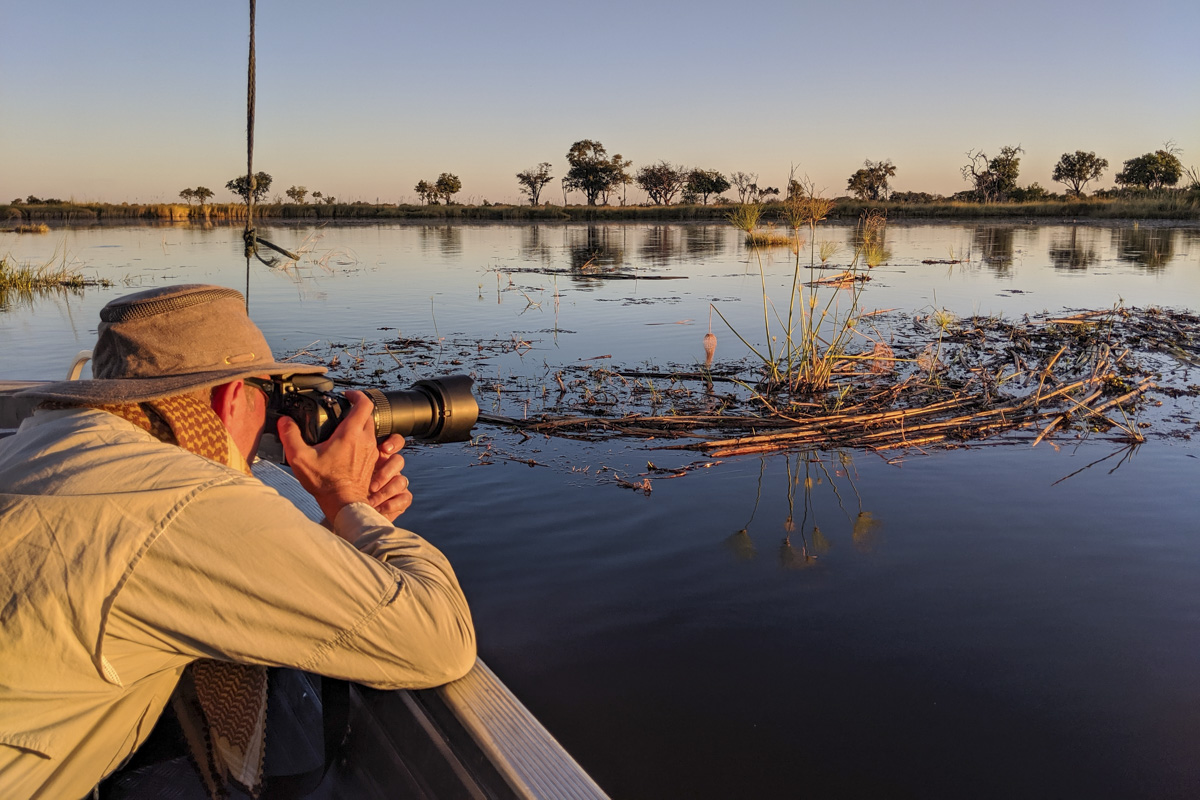
Hopefully now the subtlety in variation between a photo safari and normal tour is clearer. Differences are not hugely discernible, the main point to take away is that our tours are focussed on ‘recording’ the wildlife experience from an ideal vantage point. The type of the media is secondary; it’s more essential to show our customers wildlife undisturbed and in their natural habitat, as we see it on our favourite nature documentaries. We focus on emotions, both of the animals and our participants.
